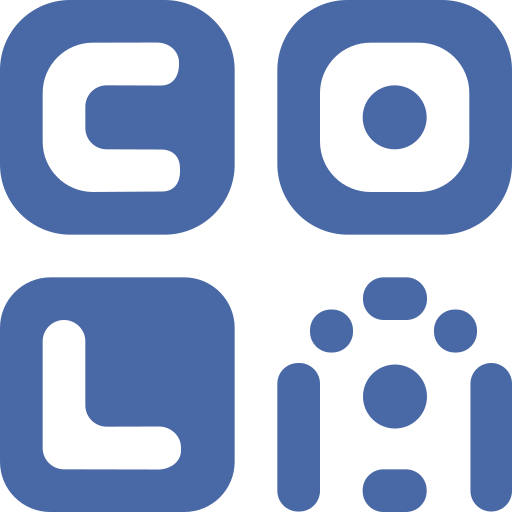How Do QR Codes Work? The Simple Guide for Everyone

QR codes have become a common sight in our daily lives. But have you ever stopped to wonder how they actually work? This guide will break down the technology behind QR codes in simple terms.
What is a QR Code?
QR stands for "Quick Response." Unlike traditional barcodes that store information in a single line, QR codes store data in a two-dimensional grid. This allows them to hold significantly more information, including:
- Website URLs
- Text
- Contact details
- Wi-Fi network credentials
- And much more
The Anatomy of a QR Code
At first glance, a QR code might seem like a random assortment of black and white squares. However, it's a carefully structured design with specific components that enable it to function.
- Finder Patterns: The three large squares located in the corners of a QR code. These help a scanner quickly identify the code and determine its orientation.
- Alignment Pattern: This smaller square helps scanners read the code accurately, even if it's tilted or distorted.
- Timing Pattern: The L-shaped line of alternating black and white modules helps the scanner determine the size of the data matrix.
- Quiet Zone: The white border surrounding the QR code. This empty space ensures that the scanner can easily distinguish the code from its background.
- Data Matrix: The grid of black and white squares that contains the encoded information.
How Does a QR Code Store Data?
QR codes store data in binary code, which is a series of 1s and 0s. Each black square in the QR code represents a "1," while each white square represents a "0." These 1s and 0s are arranged in a specific pattern to represent different types of data.
Scanning and Decoding a QR Code
When you scan a QR code with a smartphone or scanner, the following process occurs:
- The scanner identifies the QR code: The camera or scanner detects the finder patterns and determines the code's orientation.
- The scanner analyzes the code: The scanner reads the pattern of black and white squares in the data matrix.
- The data is converted: The scanner translates the binary code into the original information, such as a URL, text, or contact details.
- The action is performed: The device then performs the appropriate action, such as opening a website, displaying text, or saving contact information.
Why Are QR Codes Useful?
QR codes offer a fast and convenient way to share information. They bridge the gap between the physical and digital worlds, allowing users to quickly access online content or perform actions with a simple scan. This versatility has led to their widespread adoption in various applications, including:
- Marketing and advertising
- Retail and e-commerce
- Payments and transactions
- Event management
- Logistics and tracking
By understanding how QR codes work, you can better appreciate their functionality and explore the various ways they can be used to simplify and enhance our daily lives.


